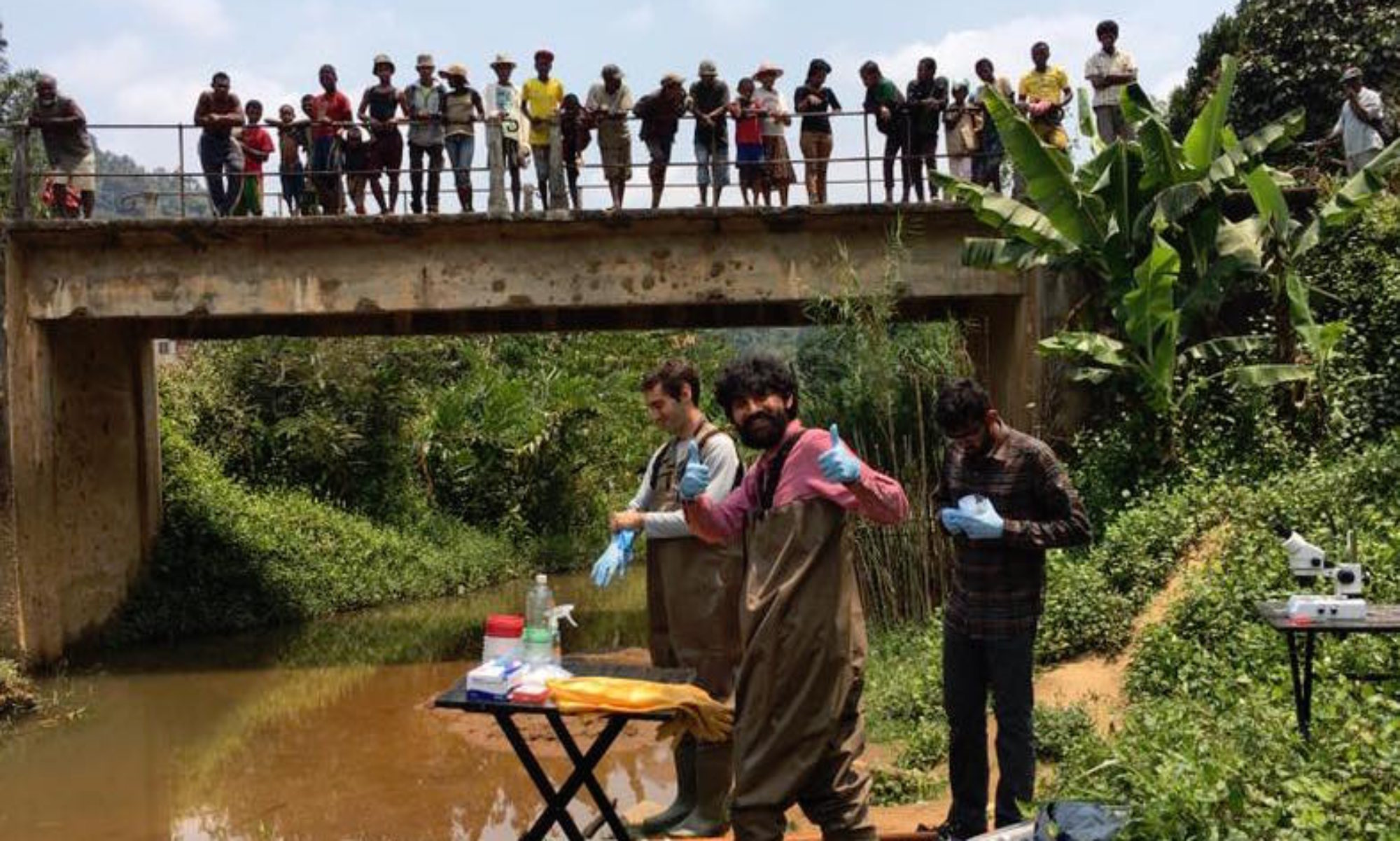Our research runs to a broad spectrum of concentrations - from algorithmic self-assembly of biological forms to frugal scientific instruments for global education and health. Read more about what we work on:
Algorithmic Self-assembly
Looking at the precision and complexity of biological forms (a diatom for example) raises an age-old question - given a genetic code; how do biological machines encode precise shape and form? In other words, how is shape and form "computed in biological substrates? We are constructing in-vitro" toy systems that experimentally capture the basic minimal models for algorithmic self assembly, self-replication and evolution to address these questions. New experimental platforms (biotic or abiotic) inform the theory of self assembly, connecting physics of computation to the chemistry of life.
Frugal Science and Global Health
Somebody once said "What any damn fool can do for a dollar, an engineer can do for a nickel." Thinking about cost as an engineering constraint brings new life to old ideas. This is what makes the difference between an idea influencing a hundred people or a billion. With our planet literally teeming with problems, it's time to take cost constraints into serious consideration. As physicists, we know how to make stuff. We use these skills (and fieldwork) to design solutions for extremely resource constrained settings, especially in the field of global health. Our work in this are extends from field diagnostics to hands-on science education.
Organismic Biophysics
Organisms as a whole, are tightly coupled systems. Their function and construction needs to be understood in an integrated manner. Just like opening the hood of a car, playing with the sparkplug alone does not tell you how the car runs; biological systems need to be understood in ecological, evolutionary and systems contexts. With this vision of integrated biology i mind, we study several non-model simple organisms (living fossils) to tackle basic questions about origins of multi-cellularity, regeneration and explaining complete behavior of an organism from basic laws of physics.
Wonderland of Living Soft Matter
Since de Gennes' famous Nobel acceptance speech -- "a journey into the wonderland of Soft matter" -- in the last two decades, soft-matter physics has established itself as one of the bed rocks of biological physics. Applications of experiments and theory of soft-matter to elucidate the structure and function of biological systems (at molecular and cellular scales) guide our inquiries in this area. We are currently exploring interactions of biological molecules at fluid interfaces and how active biological machines couple to form macro scale structures (active fluids).

